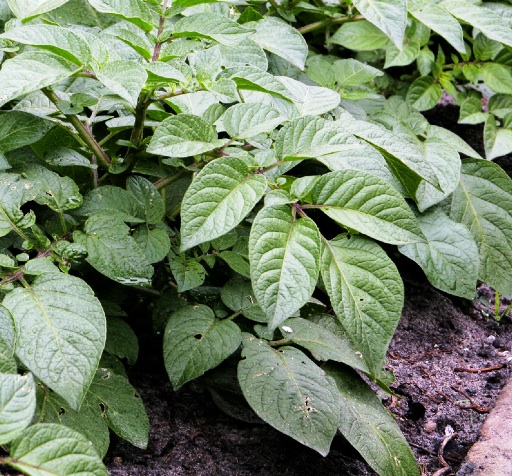
Features
Production
Research
Less herbicide means fewer potatoes
January 6, 2009 By Journal of Environmental Quality
 NEWS HIGHLIGHT
NEWS HIGHLIGHT
Less herbicide means fewer potatoes
A recent study out of Oregon
considered the impact of pesticides on plant development and
reproduction.
January 6, 2009, Madison, WI – A recent study out of Oregon considered the impact of pesticides on plant development and reproduction. It appears in the November–December issue of Journal of Environmental Quality.
 Currently, plant testing in the United States to determine potential ecological risks from chemical pesticides to nontarget plants requires two tests, both of which use immature plants. Protection of the plant development and reproduction are not considered, unlike tests required for the protection of animals. Past research conducted by the U.S. Environmental Protection Agency and others have shown that plant development/reproduction is not adequately protected with the current test protocols.
Currently, plant testing in the United States to determine potential ecological risks from chemical pesticides to nontarget plants requires two tests, both of which use immature plants. Protection of the plant development and reproduction are not considered, unlike tests required for the protection of animals. Past research conducted by the U.S. Environmental Protection Agency and others have shown that plant development/reproduction is not adequately protected with the current test protocols.
The stage of plant development when exposed to a pesticide has an important impact on what plant organs are injured. Vegetation may or may not display symptoms of injury when reproductive organs are severely damaged. Yield and quality reduction can have significant economic and ecological effects. Therefore, field trials were conducted to determine if potato vegetative growth and tuber yield and quality were affected by herbicides at below recommended field rates.
Potato plants were exposed to one of seven different herbicides at various concentrations below normal field application rates. Results from this study were published in the November-December issue of the Journal of Environmental Quality. They demonstrated that potato tuber yield and quality can be affected by herbicide application rates below those causing a reduction in vegetative growth or injury. Potato tuber formation may be a sensitive indicator of developmental/reproductive responses of plants to chemical pesticides.
Research is continuing at the Western Ecology Division of the U.S. EPA at Corvallis, Oregon.
An abstract of the study can be viewed at http://jeq.scijournals.org/cgi/content/abstract/37/6/2070.
Print this page